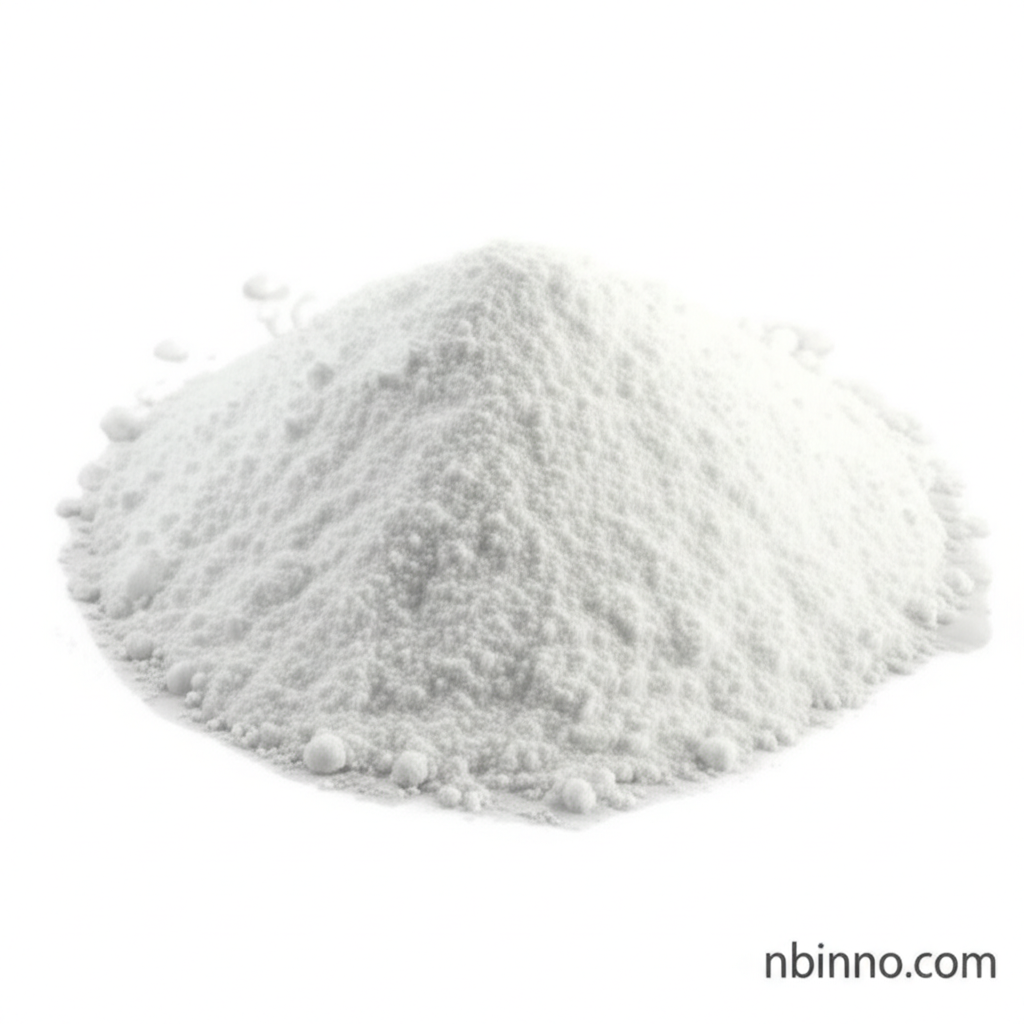Mining Grade CMC: Enhance Mineral Processing with Sodium Carboxymethyl Cellulose Binders and Inhibitors
Discover the critical role of Mining Grade Sodium Carboxymethyl Cellulose (CMC) in optimizing mining operations, from improving pellet quality to enhancing flotation efficiency. Explore its benefits as a binder and inhibitor.
Get a Quote & SampleProduct Core Value

Sodium Carboxymethyl Cellulose
As a leading supplier in China, we offer high-quality Mining Grade Sodium Carboxymethyl Cellulose (CMC). This versatile anionic cellulose ether is derived from cotton fiber and processed to offer superior thickening, stabilizing, emulsifying, and suspending properties. Its application as a pellet ore binder and flotation inhibitor is crucial for enhancing efficiency and reducing costs in mineral processing operations. We are a trusted manufacturer in China, committed to providing innovative solutions for the mining sector.
- Enhance mineral processing through effective pellet ore binding, utilizing our high-quality CMC for improved balling and pellet strength.
- Leverage CMC as a flotation inhibitor to reduce the consumption of mine inhibitors and improve the recovery rate of valuable metals.
- Achieve cost efficiencies in mineral separation processes for copper, gold, nickel, platinum group metals, and potash with our specialized mining grade CMC.
- Benefit from CMC's ability to improve the grade of pelletized ore, leading to higher quality outputs in your mining operations.
Advantages of Product
Improved Pellet Quality
Our Mining Grade CMC acts as an indispensable ingredient for ore powder molding binders, significantly improving the adhesion and balling properties of pellets. This results in raw balls with excellent resistance to bursting and high dry and wet ball compression strength.
Enhanced Mineral Recovery
By acting as a flotation inhibitor, this chemical auxiliary agent helps control the separation process, leading to a reduced consumption of other agents and an improved recovery rate of valuable metals.
Cost-Effective Solutions
Utilizing Sodium Carboxymethyl Cellulose in mineral processing metallurgy effectively reduces overall costs by lowering the consumption of mine inhibitors and improving the efficiency of the separation process.
Key Applications
Pelletizing
As a pellet ore binder, CMC improves the physical properties of green pellets, enhancing their anti-knock performance and compressive strength, crucial for effective ore powder molding.
Flotation
CMC serves as an effective flotation inhibitor and silicate gangue inhibitor, optimizing the separation of valuable minerals and controlling lead in copper-lead separation.
Mineral Separation
This chemical auxiliary agent plays a vital role in the cost-efficiency of mineral separation processes for a variety of metals, improving overall yield.
Slime Dispersant
In certain mineral processing applications, CMC can also function as a dispersant for mineral mud, preventing agglomeration and improving slurry flow.
